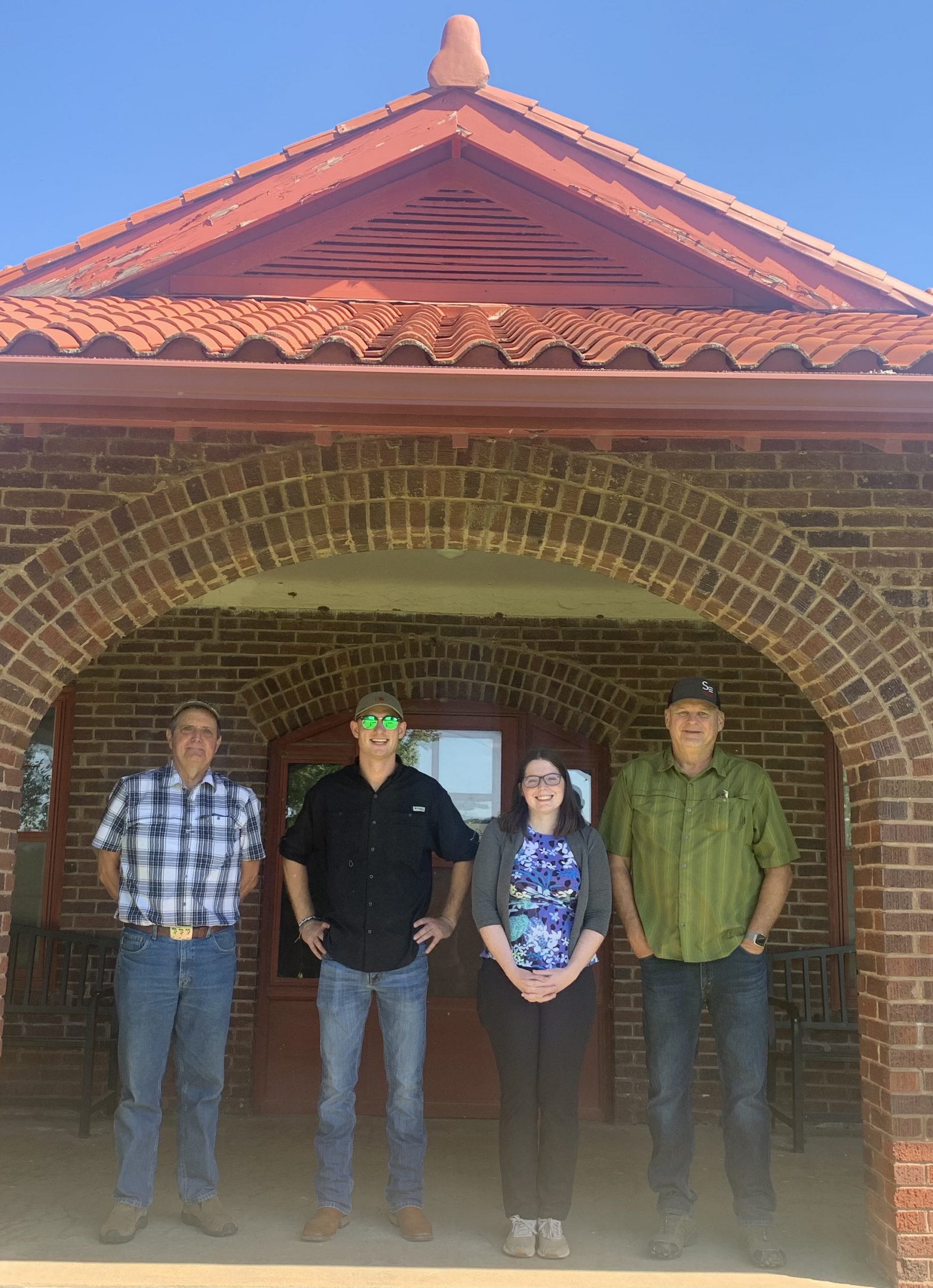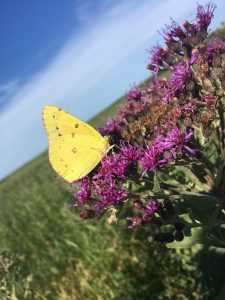GSPA Recipient Emily Geest Hosts Congressional Staff at Nature Preserve
by Emily Geest
Last October, ‘science policy’ was a mysterious phrase that I vaguely understood meant the intersection of science and policy. So, when I saw the opportunity to apply for the 2021 Katherine S. McCarter Graduate Student Policy Award (GSPA) last fall I applied so I could finally understand what this process really was and untangle what role science policy has in our everyday lives. I was also nearing the end of my PhD journey and a looming job hunt was at the forefront of my mind. Applying for GSPA was a chance to see what it meant to have a science policy career.
‘science policy’ was a mysterious phrase that I vaguely understood meant the intersection of science and policy. So, when I saw the opportunity to apply for the 2021 Katherine S. McCarter Graduate Student Policy Award (GSPA) last fall I applied so I could finally understand what this process really was and untangle what role science policy has in our everyday lives. I was also nearing the end of my PhD journey and a looming job hunt was at the forefront of my mind. Applying for GSPA was a chance to see what it meant to have a science policy career.
In early March, my inbox brought the announcement that I was one of 23 students from across the country selected for the award. Over the next few weeks, I attended trainings covering federal budgets, appropriations cycles, and learning how to construct an ask which is a request of your legislative representative. Our cohort split into regional teams, with mine being team WA-CO-NM-OK. Together we practiced our ask and describing our research in a way that was relevant and understandable to our Members of Congress. These trainings and practices all came together for an ESA GSPA virtual Hill day event where we zoomed with staffers from the offices of Sens. Cantwell, Hickenlooper, Inhofe, Lujan, and Murray. Every Washington, DC Capitol Hill staffer was excited to talk about science with us with, listened to our ask of supporting an increase in NSF funding for Fiscal Year 2022, and engaged us with questions about our research. The meetings were intense, fun, and over before I knew it.
After our Hill day concluded I knew I wanted to continue strengthening my science policy skills. So, with the encouragement of the ESA science policy staff, and my newfound confidence from the GSPA award, I decided to set up a field day constituent meeting with Sen. Inhofe’s office in Oklahoma. Every Member of Congress has an office in Washington DC and in their home state. I recruited a fellow graduate student and professor who could come with me to my field site and acquired the preserve director’s approval for carrying forward with the event. We met with Senator Inhofe’s Field Representative Jared Ward on a very hot day at The Nature Conservancy’s Joseph H. Williams Tallgrass Prairie Preserve in Pawhuska, OK. Meeting in person allowed us the chance to talk about how unique of a resource the preserve is to Oklahoma and how research conducted at the prairie has statewide and international applications. After wrapping up our discussion with the importance of federal funding for graduate student research, we went on a nature walk in the prairie. Describing my research studying the effects of management on butterflies to someone is always exciting, but it is an entirely different experience when you can point to the actual hills you walked up and down for two summers while the species you study crosses your path.
Before the GSPA I was not aware of how easy it was to communicate with our elected representatives. Now that I know that science policy can mean requesting constituent meetings, advocating for your own research, writing staffers to talk about pieces of legislation, or asking them to support federal funding, among many other avenues, I plan to continue using these skills in my future career.
I encourage any graduate student who is even remotely interested in science policy to apply for the ESA GSPA because the experience not only allows you learn how science policy works but also helps you learn how to communicate your research to broad audiences, allows you the chance to network with fellow ecologists, and gives you the chance to see what a science policy career could look like.